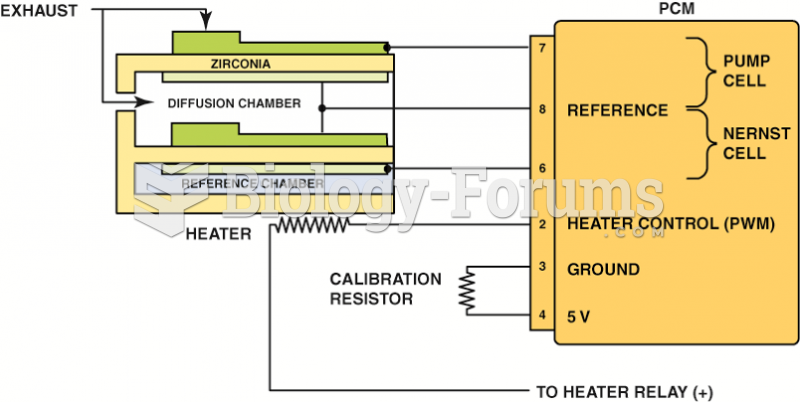Answer to Question 1
F
The European Union is not characterized by a shared regional culture. The Union is successful primarily due to economic commonalities, not cultural similarities.
Answer to Question 2
Barter can be traced for centuries as a form of exchange. It involves a simple, non-monetized exchange of goods and/or services between two parties. While no money is involved in the exchange, the parties calculate the value of the goods in a particular currency and attempt to achieve value parity for the exchanged goods. In a clearing agreement, a third party creates clearing accounts that represent trade credits for the perspective parties, and companies trade in and out as necessary. Under a clearing agreement, countries are likely to trade products up to a certain amount stated in a particular, commonly agreed upon hard currency and within a given time frame. When an imbalance occurs and one country owes money to the other swing credits are paid in an agreed upon hard currency known as the clearing currency. Switch trading involves buying a party's position in a countertrade in exchange for hard currency and selling it to another customer. Offset purchases involve large hard-currency purchases, such as the purchase of defense equipment, by a developing country. The seller agrees, in return for the sale of its offering, to purchase products that are valued at a certain percentage of the sale. In a buyback agreement, the seller builds and provides a turn-key plant, as well as the manufacturing know-how. The seller is paid up-front part of the cost of the plant in an agreed upon convertible currency. The seller agrees to purchase specific quantities of the plant's output over an extended period of time. Compensation involves payment in products and in cash, usually in a mutually agreed upon convertible currency. Counterpurchase involves two exchanges that are paid for in cash; as such, counterpurchase involves two parallel contracts. The seller agrees to purchase products that are usually unrelated to its business from the buyer and sell them on international markets. The purchase could be for the total sum of the products sold, or for a fraction thereof. The Western exporter agrees to buy goods from a shopping list provided by the importer. The list typically consists of light manufactures and consumer goods. Offset purchases involve large hard-currency purchases, such as the purchase of defense equipment and airplanes, by a developing country. The seller agrees, in return for the sale of its offering, to purchase products that are valued at a certain percentage of the sale. In a buyback agreement, the seller builds and provides a turn-key plant, as well as the manufacturing know-how. The seller is paid up-front part of the cost of the plant in an agreed upon convertible currency. The seller agrees to purchase specific quantities of the plant's output over an extended period of time.







